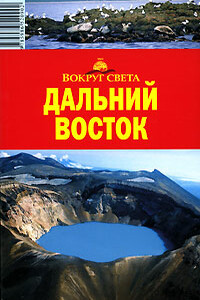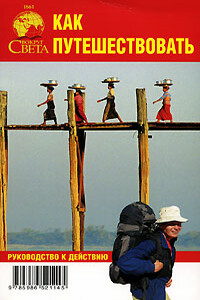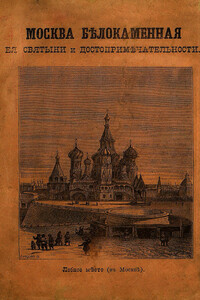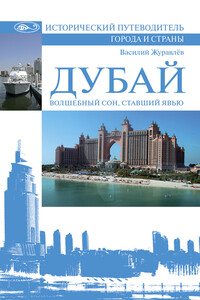Симферопольский клад | страница 16
There are two shaped cases. One of them has a stamped vivid floral ornament differing on the obverse and reverse sides. Its obverse is adorned with green jasper and cornelians in the form of small hearts. The second case is filigree open-work, the ornament being done in the form of spirals, twigs and curlicues. The lace-like filigree includes ornaments of thin golden bands placed vertically. The entire ornament has a lining of sheet gold. The last case in the treasure is a rectangular one and is decorated with granulation, filigree and a pearl. It is quite possible that this case could be used for cosmetic accessories and was worn on the chest or more likely attached to a belt. A fine, shaped, double-sided object was probably a golden case for prayers, but more likely it was just a decorative pendant. Its open-work ornament is formed by wide spirals with curlicues. The central part of one side shows a setting for a gem (the gem itself has not been preserved), the other side presents an ornamental pattern of two leaves. The image of the rectangular part looks like an imitation of the Arabic ligature. Small holes here were used for suspending the pendant.
The treasure contained a great variety of belts. Belts were an indispensable part of the attire of many peoples. Turko-Mongols paid much attention to this element of their dress. The Tatar-Mongol khans, nobles and high-officials had expensive belts gleaming with precious stones and gold. Quite often belts were listed among gifts granted by khans to their adherents and officials for special services and as a token of reward and gratitude.
Of much interest is a golden belt set consisting of 31 articles: a tip, a spangle with a hook and two spangles with shaped clamps used for attaching necessary things, 22 rectangular, three heart-shaped, one scalloped spangle and a clip. This belt is decorated with inserts of cornelian, one of the most favourite gems in the Orient. The combination of gold and cornelian together with fine ornament made the belt extremely beautiful. The tip and the spangles are two-sided. The obverse is decorated with cornelian and an ornament of curlicues.
The goldsmith also turned much attention to decorating the reverse side. The centre of the spangles and the tip presents' open-work paillettes depicting vines made with great taste. To emphasize the ornament he placed a silver lining under the paillette. Open-work paillettes on each object are framed with floral ornament settings. The next belt set, some elements missing, consists of nine shaped golden spangles and a tip. Each of them has relief scalloped rosette depicting a water bird and floral ornament against a niello background. Not a single bird is repeated, they all are portrayed very dynamically and from different angles.



